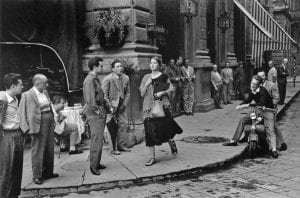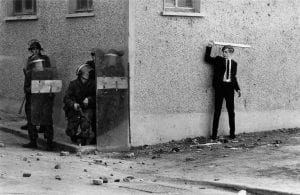Communicative activity for the ESL/EFL classroom based on clips from films by Lynne Ramsay and Gus Van Sant
Following my recent post about fatherhood, one of the most striking and memorable depictions of motherhood I have seen in the cinema in recent years is that played by Tilda Swinton – in Lynne Ramsay’s 2011 adaptation of Lionel Shriver’s epistolary novel We Need to Talk about Kevin. Ramsay brings her impressionistic signature style – honed on breakthrough works like Morvern Callar (2002) – to the source material, a disturbing and topical story of a mother’s attempts to understand what led her son to commit a horrendous high school massacre. Continue reading


 American Girl in Italy by Ruth Orkin, 1951
American Girl in Italy by Ruth Orkin, 1951 Don McCullin, Northern Ireland, The Bogside, Londonderry, 1971
Don McCullin, Northern Ireland, The Bogside, Londonderry, 1971 Walter Becker and Donald Fagen of Steely Dan
Walter Becker and Donald Fagen of Steely Dan

